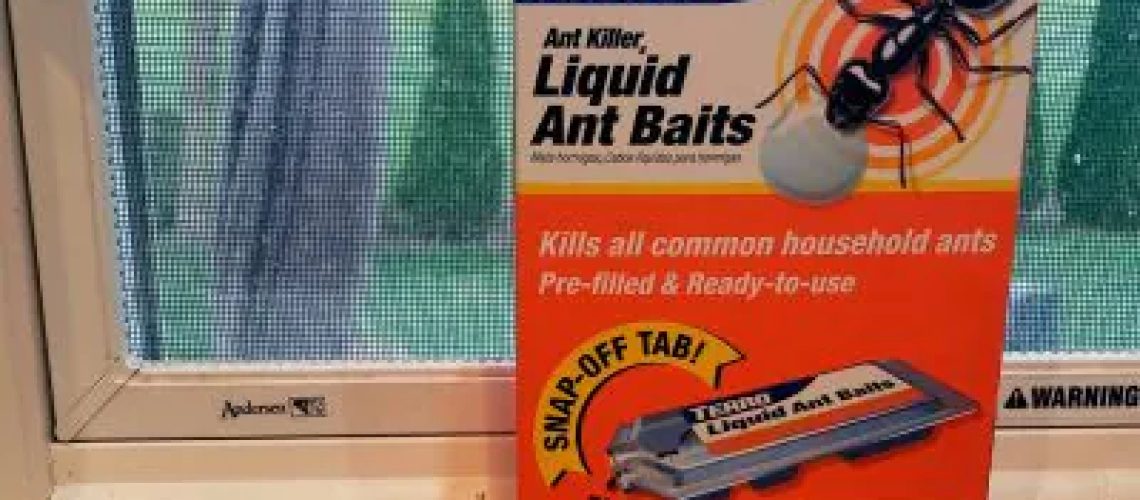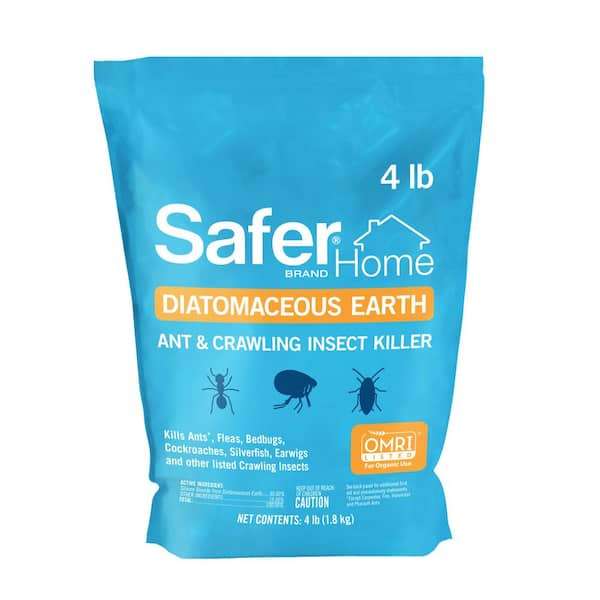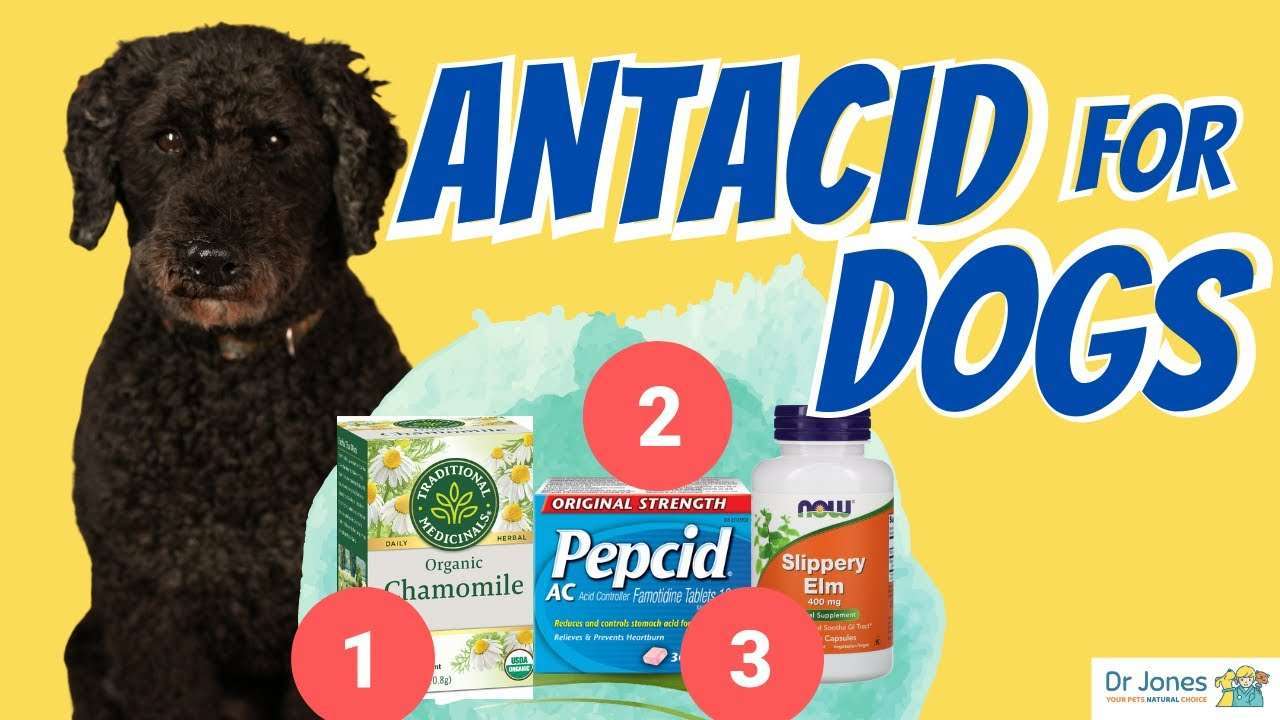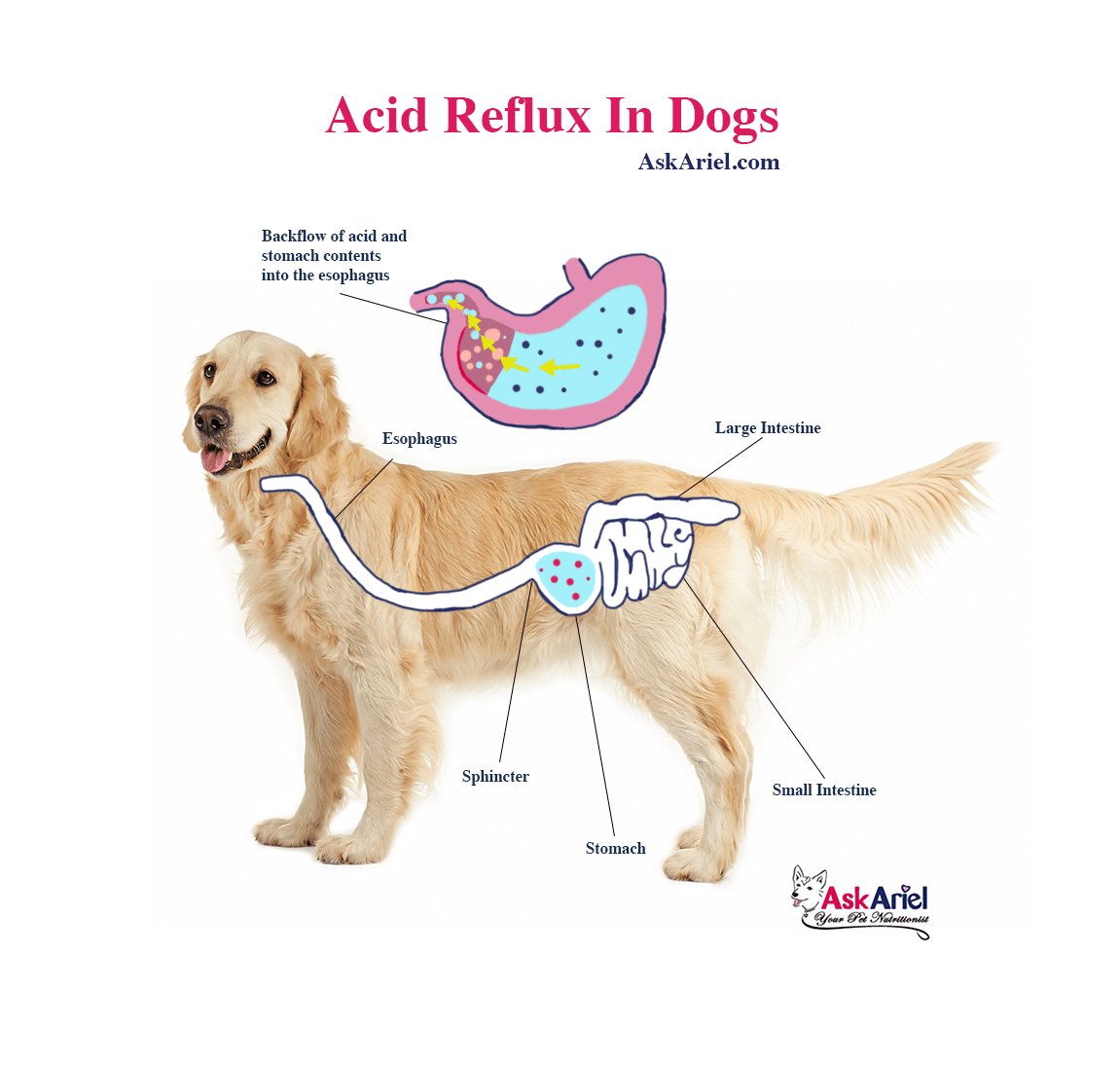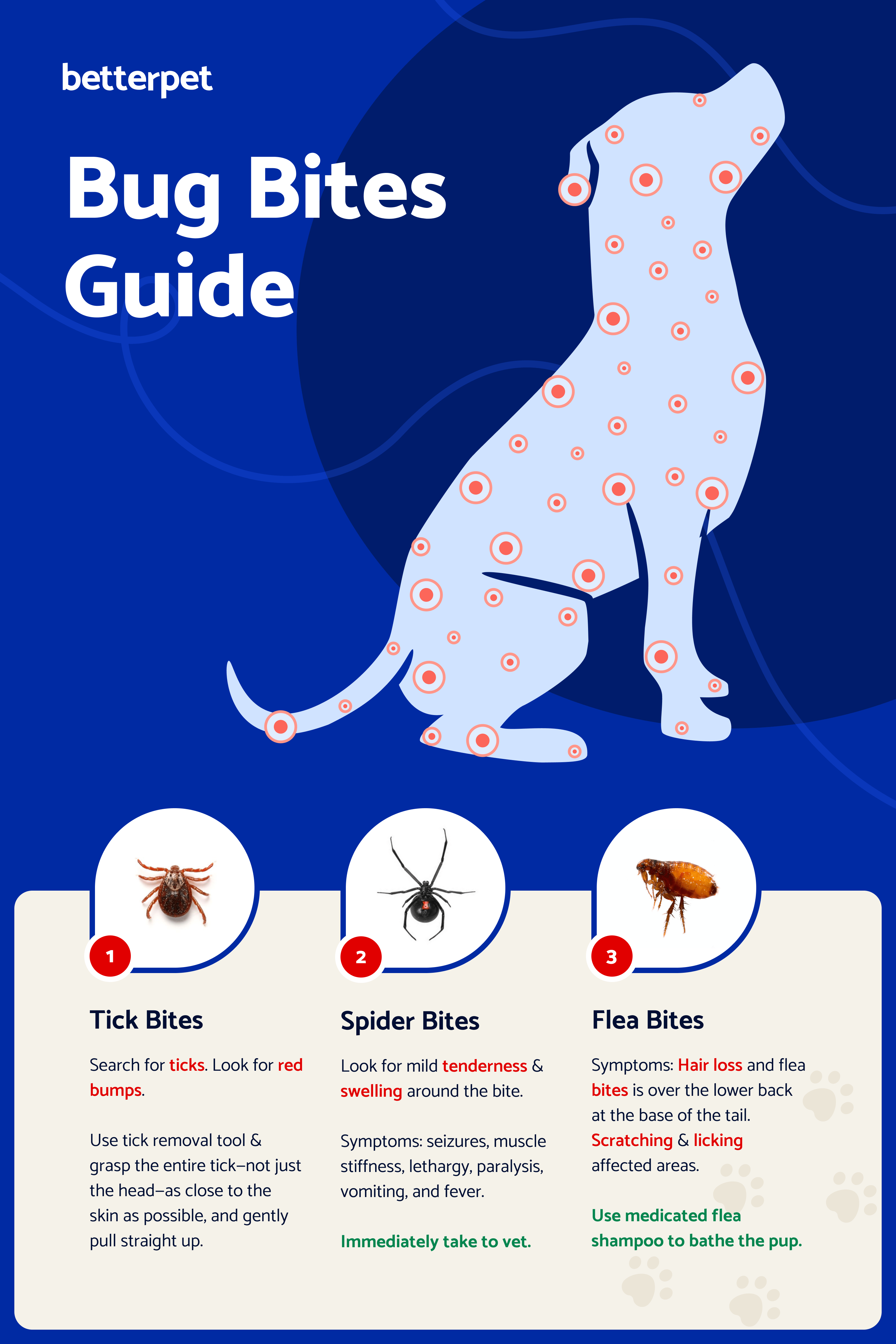Key Takeaways:
- Ant traps are safe to use in your home and around your cat, as long as they are specifically labeled as pet-safe.
- When choosing ant traps, look for products that contain ingredients like boric acid or diatomaceous earth, which are non-toxic to cats.
- It is important to place ant traps in areas where your cat cannot reach them, such as behind appliances or under furniture.
- Always follow the instructions provided by the manufacturer when using ant traps, including proper placement and disposal methods.
- If you have any concerns about using ant traps in your home with a cat present, consult with your veterinarian for further guidance and recommendations.
Are you tired of seeing ants invade your home, leaving trails of crumbs and causing a nuisance? Do you worry about the safety of your beloved cat when trying to get rid of these pesky insects? Well, look no further! In this article, we will explore the world of ant traps that are not only effective in eliminating ants but also safe for your home and furry friend. Understanding how to choose the right ant trap is essential for maintaining a clean and healthy living environment. So, let's dive in and discover the best solutions to keep both your home and cat happy!
What are ant traps and how do they keep ants away from your home?
Ant traps are small devices designed to attract and eliminate ants that enter your home. They work by luring ants with a sweet or protein-based bait, which is placed inside the trap. Once the ants enter the trap, they consume the bait and carry it back to their colony. The poison in the bait kills not only the worker ants but also the queen, preventing the colony from surviving.
Ant traps are effective because they target the entire ant colony rather than just killing individual ants. By eliminating the queen, who is responsible for reproducing and creating more ants, ant traps help break the cycle of infestation. This makes them a valuable tool in keeping your home free from these pesky pests.
How do ant traps work?
When you place an ant trap in your home, it emits a scent that attracts ants. The bait inside the trap is irresistible to them, so they enter to feed on it. Once inside, they cannot escape due to the design of the trap. As they consume the bait, they become poisoned by its active ingredients.
The role of baits in ant traps
Baits used in ant traps contain substances that are toxic to ants but safe for humans and pets when used as directed. These substances may include slow-acting insecticides or natural ingredients like boric acid or diatomaceous earth.
The importance of proper placement
To maximize effectiveness, it's crucial to place ant traps where you have noticed ant activity or near their entry points into your home. This ensures that they encounter and take the bait back to their colony.
- Place ant traps along baseboards, near windowsills, or other areas where ants are commonly seen.
- Keep the traps away from children and pets to prevent accidental contact.
Why are ant traps effective?
The effectiveness of ant traps lies in their ability to target the entire ant colony. When worker ants consume the bait and bring it back to the nest, they unknowingly contaminate other members of the colony, including the queen. This disrupts the colony's ability to reproduce and eventually leads to its demise.
Ant traps are also a long-term solution as they continue working even after you remove visible ants. This is because it takes time for the poison to spread throughout the colony and eliminate all ants. Therefore, patience is key when using ant traps as it may take several days or weeks to see significant results.
Are ant traps safe for your home and pets, like cats?
Understanding the safety of ant traps
Ant traps are designed to eliminate ants and keep your home free from these pesky invaders. However, it is crucial to consider the safety of ant traps, especially if you have pets like cats. While some ant traps may contain harmful chemicals that can pose a risk to your furry friends, there are also options available that are safe for both your home and cat.
Choosing pet-friendly ant traps
When selecting ant traps for your home, it is essential to look for products specifically labeled as safe for pets. These pet-friendly ant traps usually use alternative ingredients or formulations that do not harm cats or other animals. Look for labels that mention being non-toxic or safe for pets. By choosing these types of ant traps, you can effectively combat ants while ensuring the well-being of your beloved feline companion.
Tips:
- Read the product labels carefully and look for specific mentions of pet safety.
- Consult with a veterinarian if you have any concerns about using ant traps around your cat.
- Consider natural alternatives to chemical-based ant traps, which are often safer for both your home and pets.
Why is it important to choose ant traps labeled as safe for your home and cat?
Choosing ant traps labeled as safe for both your home and cat is crucial to ensure the well-being of your furry friend. Cats are curious creatures who may come into contact with the ant trap while exploring their surroundings. Here's why it's important:
Avoiding toxic substances
Ant traps that are not labeled as safe for pets may contain toxic substances harmful to cats if ingested or even through skin contact. These substances can cause various health issues ranging from mild irritation to more severe conditions.
Protecting your cat's health
By using ant traps specifically designed to be safe for cats, you can prevent any potential harm to their health. These pet-friendly ant traps are formulated with alternative ingredients that effectively eliminate ants without posing a risk to your feline companion.
Tips:
- Always prioritize the safety of your cat when choosing ant traps.
- Keep ant traps out of reach from your cat by placing them in areas inaccessible to pets.
- Regularly monitor your cat's behavior and consult a veterinarian if you notice any unusual symptoms after using ant traps.
How can you find ant traps suitable for a 7th-grade reading level in simple English?
Finding ant traps with instructions and information suitable for a 7th-grade reading level can be helpful, especially if you want to involve younger family members in the process. Here are some tips on how to find such ant traps:
Look for simplified packaging
Some manufacturers create packaging specifically designed for easy understanding. Look for products with clear and concise labels that use simple language and avoid technical jargon. These packages often include illustrations or diagrams to aid comprehension.
Search online or ask for recommendations
The internet is a valuable resource when it comes to finding products tailored for specific reading levels. Search for "ant traps for 7th-grade reading level" or similar phrases, and you may come across educational websites, forums, or blogs offering suggestions. Additionally, asking friends, family, or teachers who have experience with teaching materials at this level can provide valuable recommendations.
Tips:
- Prioritize products with clear instructions and explanations.
- Consider involving teachers or educators who can guide you towards appropriate resources.
- Check customer reviews and ratings to ensure the simplicity of the product's language.
Common ingredients in ant traps that could harm cats
When dealing with an ant infestation, it's important to be cautious about the ingredients used in ant traps, as some can be harmful to our feline friends. One common ingredient found in many ant traps is boric acid. While effective at killing ants, boric acid can be toxic to cats if ingested or if they come into contact with it through their paws or fur. Another ingredient to watch out for is pyrethroids, which are synthetic chemicals often used in insecticides. These chemicals can cause adverse reactions in cats, ranging from mild skin irritation to more serious neurological effects.
To keep your cat safe, it's crucial to read the labels of any ant traps you purchase and avoid those containing these harmful ingredients. Instead, opt for cat-friendly alternatives that we'll explore further below.
Boric Acid: A Potential Danger
Boric acid is a commonly used ingredient in ant traps due to its effectiveness against ants. However, it poses a risk to cats if ingested or if they come into contact with it through their paws or fur. Cats are known for their grooming habits and may accidentally ingest boric acid while cleaning themselves after encountering an ant trap. Ingestion of boric acid can lead to symptoms such as vomiting, diarrhea, and even kidney damage in severe cases. Therefore, it's crucial to keep ant traps containing boric acid out of reach of your curious feline friend.
Pyrethroids: Potential Harmful Effects
Pyrethroids are synthetic chemicals commonly found in insecticides and are sometimes present in ant traps as well. While they are generally considered safe for humans and dogs when used as directed, cats are more sensitive to these chemicals due to differences in their metabolism. Exposure to pyrethroids can lead to skin irritation, drooling, tremors, and even seizures in cats. Therefore, it's important to avoid ant traps containing pyrethroids if you have a cat in your home.
Natural alternatives to chemical ant traps that are safe for your home and cat
If you're concerned about using chemical ant traps around your cat, there are several natural alternatives that can effectively deter ants without posing any harm. One such option is diatomaceous earth, a fine powder made from the fossilized remains of tiny aquatic organisms. This substance works by dehydrating ants and other insects upon contact, making it an effective and safe solution for keeping them at bay.
Another natural alternative is vinegar. Ants dislike the strong smell of vinegar, so spraying a mixture of equal parts vinegar and water along their entry points can help deter them. Additionally, essential oils such as peppermint or citrus oil can be used as natural ant repellents. Simply dilute a few drops of the oil with water and spray it in areas where ants are commonly seen.
Diatomaceous Earth: A Natural Ant Deterrent
Diatomaceous earth is a natural substance that can be used as an alternative to chemical ant traps. It consists of finely ground fossils of diatoms, which are microscopic algae-like organisms. When ants come into contact with diatomaceous earth, the sharp edges of the particles damage their exoskeletons, leading to dehydration and ultimately death. Unlike chemical insecticides, diatomaceous earth is non-toxic to cats and humans when used as directed.
Vinegar and Essential Oils: Natural Ant Repellents
Vinegar is a readily available household item that can be used as a natural ant repellent. Its strong smell disrupts the ants' scent trails, making it difficult for them to navigate and find food sources. Simply mix equal parts vinegar and water in a spray bottle and apply it along ant entry points or areas where they are commonly seen.
Essential oils such as peppermint or citrus oil can also be effective in repelling ants. These oils have strong scents that ants dislike, causing them to avoid treated areas. Dilute a few drops of the essential oil with water in a spray bottle and apply it to areas where ants are present. However, it's important to note that some essential oils can be toxic to cats, so always check with your veterinarian before using them around your feline companion.
Tips for using ant traps safely while protecting your home and cat
While chemical ant traps may not be suitable for households with cats, there are ways to use them safely if necessary. Here are some tips to ensure the well-being of your cat while effectively dealing with an ant infestation:
1. Choose Cat-Friendly Ant Traps
If you decide to use ant traps containing chemicals, look for products specifically labeled as safe for use around pets. These traps are designed to minimize the risk of exposure and usually contain ingredients that are less toxic to cats.
2. Place Ant Traps Out of Reach
To prevent accidental ingestion or contact, make sure to place ant traps in areas that are inaccessible to your cat. Consider placing them behind furniture or inside cabinets where ants tend to frequent but cannot be reached by curious paws.
3. Monitor Your Cat's Behavior
Keep an eye on your cat's behavior after setting up ant traps. If you notice any signs of discomfort or unusual symptoms, such as excessive drooling or lethargy, remove the traps immediately and consult your veterinarian.
4. Regularly Clean Up Ant Traps
Ant traps can attract ants and other insects, so it's important to clean them regularly to prevent a buildup of pests. Follow the manufacturer's instructions for cleaning and disposal, ensuring that your cat is not exposed to any harmful residues.
5. Combine Ant Traps with Natural Deterrents
To enhance the effectiveness of ant control, consider using natural deterrents alongside ant traps. This can include spraying vinegar along ant entry points or using diatomaceous earth as a barrier around your home. By combining these methods, you can create a more comprehensive approach to keeping ants away while minimizing the use of chemical ant traps.
In conclusion, ant traps can be a safe and effective solution to get rid of ants in your home without harming your cat. It is important to choose traps that are specifically designed for indoor use and keep them out of reach of your curious feline friend.
How do I get rid of ants without harming my cat?
Diatomaceous earth (DE) is an affordable and eco-friendly product that is highly effective in eliminating ants and other pests found in households. It is a non-toxic powder made from the remains of diatoms, which are fossilized algae. The powder consists of incredibly small and sharp pieces.
Can you use ant traps if you have a cat?
Cats have the potential to inhale or ingest the fumes and chemicals from the spray. It is important to store all ant traps in a safe place where your cat cannot access them. There are ant traps available that are safe for cats and contain fewer harmful ingredients.
How do you get rid of ants if you have a cat?
Opt for ant killers that are safe for pets, such as pet safe ant killers. Alternatively, you can buy diatomaceous earth separately. In case of a small ant infestation, soak a large absorbent sponge in sugar water and place it near the path of the ants. Leave it there for a day.
How do I get rid of ants inside my house?
To get rid of ants in your house, you can create a mixture of equal parts vinegar and water. Use this solution to wipe away the ants, as it will kill them and also deter future ants from entering your home due to the lingering scent of vinegar, which acts as a natural ant repellent.
What repels ants but safe for cats?
Using paprika, coffee grinds, or chili pepper can be an efficient way to repel ants. The strong spice of these ingredients is unpleasant for ants. Another way to keep ants away from your cat's food is by creating a "moat" using a larger bowl around the cat's food bowl.
What ant traps don't harm pets?
Bait products such as Advion Ant Gel and Terro Liquid Ant Bait are pet-friendly when used as directed on the product label. Advion ant gel is applied using a syringe applicator instead of pre-made bait stations like those used for Terro Liquid Ant Bait trays.



